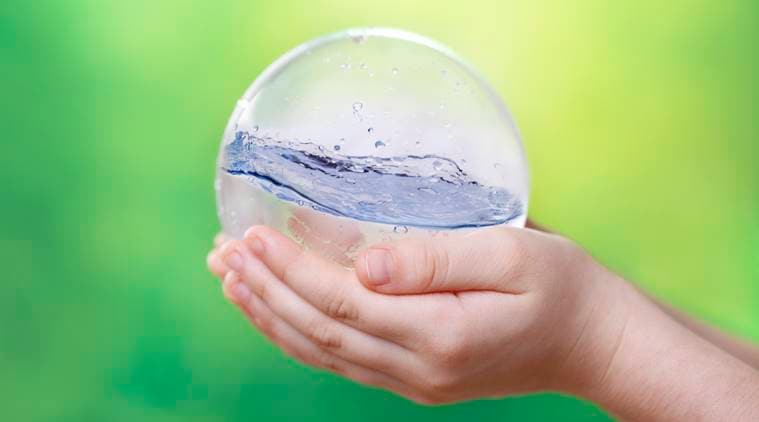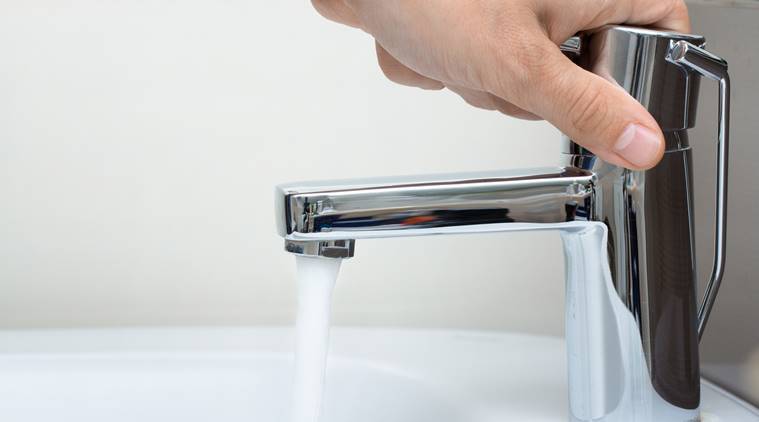
Narendra Modi in his first Mann ki Baat address of his second consecutive term, took note of the growing water crisis in parts of the country.
Urging people to conserve water, Modi said he has three requests to make to people from all walks of life. “Pledge to save every drop of water and spread awareness on water preservation; suggest traditional means for water preservation; and share details of NGOs, individuals or organisations working on water preservation.” He also spoke about how in Punjab, drainage lines are being fixed to avoid the problem of waterlogging, in Telengana’s Thimayapalli, construction of tanks are changing the lives of the villagers. While, elsewhere in Rajasthan, small ponds in the farms have contributed to water conservation.
Taking a leaf out of the PM’s address on water conservation, here are some of the easiest and quickest ways to conserve water.
Lawn/garden
Water your plants in the mornings as less water is needed in the mornings as the temperature is cooler. This would also mean that plants would lose less water during evaporation. Stay away from watering plants in the evening as this can promote mold growth.
To minimise and completely do away with weed growth that compete for water, use a layer of organic mulch on the surface of the planting beds.
Installing a rain barrel would help in rainwater harvesting which is also a great way to keep plants hydrated without turning on the hose or sprinkler. Try opting for a xeriscaped landscape that incorporates water wise ground cover, succulents, and other plants that thrive in drought conditions.
Waste water
Never throw waste water, instead use it for gardening and cleaning. The impure water which is filtered out of Reverse Osmosis (RO) water purifiers can be used for floor mopping, cleaning toilets and even car wash.
Bathroom and toilets
It’s a good practice to use a bucket of water and a mug instead of shower. If you don’t have an option, cut the shower short to five minutes as it will save a lot of water. Did you know that a bathtub uses up to 70 gallons of water?
Flush with less and avoid unnecessary flushing in toilets. Older toilets use a lot of water. You can reduce your usage by sinking a half gallon jug of water in the toilet tank. Dispose off the tissues, cigarettes and other waste into a dustbin instead of toilets.
Kitchen

When hand-washing dishes at home, it is a good idea to fill up the kitchen sink with water, instead of letting it run the whole time while scrubbing. If you can install an instant water heater near your kitchen sink, you don’t have to run the water while it heats up. This also reduces energy costs.
In case of a dishwasher, don’t run it until it’s full as it wastes water and electricity. Using water-conserving ice-makers in refrigerators is another good option.
Washing
Rather than washing your car at home with a hose pipe, take your car for a car wash that uses recycled water. It is also a good practical tip to not run the washing machine until it’s full. Those half-loads add up to gallons of wasted water.
Additional checks
Leak-proof

It is a good practice to keep an eye on taps, tubes and other prominent leak spots. Also, if the water bill spikes suddenly, there’s a good chance that a leak is the reason. If there is an automatic re-filling device in the swimming pool, it is a good practice to check it for leaks as well. Call in a plumber to check all water lines to save water and money.
Choose efficient fixtures
Aerating your faucets, investing in a low-flow toilet, choosing efficient shower heads, and opting for a water-sense rated dishwasher and washing machine can add up to mighty water savings.